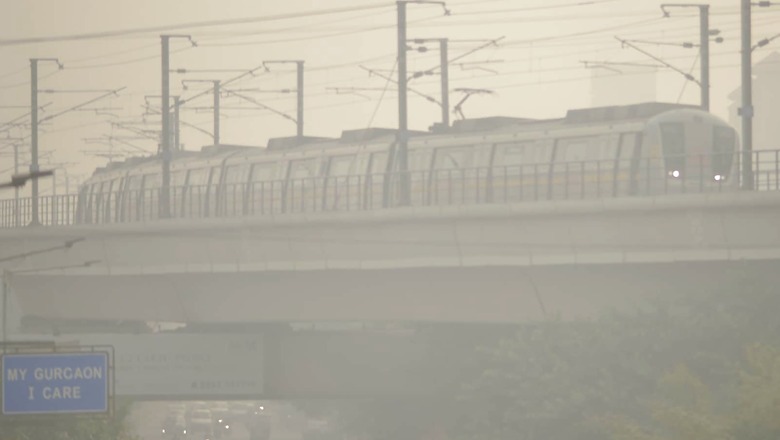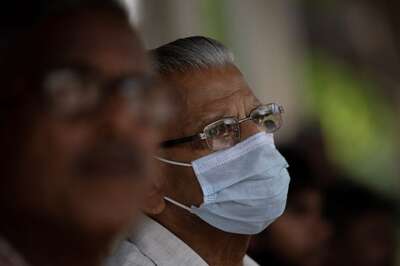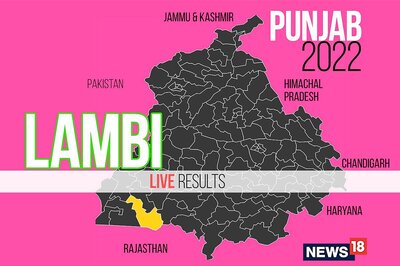
views
The number of stubble burning incidents in north-western states of Punjab and Haryana has doubled during the last 24 hours, in what is likely to aggravate the deteriorating air quality across Delhi. Favoured by the winds, the sudden spike in fire counts has now pushed the share of crop fires in Delhi’s worsening air quality to nearly 21%, the season’s highest so far.
The increase in raging fires comes at a time when the national capital, along with its twin city Noida, is breathing the worst air quality of the season, with the Air Quality Index (AQI) hitting ‘severe’ levels at several places. With fall in temperatures, the toxic smog that has now enveloped the region led the Commission for Air Quality Management in NCR & Adjoining Areas (CAQM) to call an emergency meeting on Saturday and enforce third stage of Graded Response Action Plan (GRAP) in the NCR.
STUBBLE BURNING COUNT AT 2,000
At 21%, the share of stubble burning in Delhi’s air quality is now the highest for this season so far. According to government data, this can go up to nearly 48% on worst days. Over the last two years, the share of crop fires in Delhi’s AQI has usually peaked to 42% during the first week of November. However, this year, the harvesting began later than usual due to rains.
As many as 2,067 fire counts were recorded from the AAP-led state on Friday, compared to 1,111 recorded the day before. Haryana, on the other hand, recorded 206 incidents during last two days — 83 on Thursday, and 123 on Friday.
With paddy harvesting going on in full swing across Punjab, the numbers have been on rise since October 22 with at least 1,000 incidents being reported daily since then. However, direction of winds prevented the smoke from entering Delhi.
So even though, the air quality had begun to deteriorate over Delhi over the last few days, the share of crop fires remained negligible, and rose to just 6% on Diwali. According to the Ministry of Earth Sciences’ air quality portal SAFAR, the surface winds are now predominantly blowing from northwest, and are relatively strong enough to transport pollutants, which could further favour the intrusion of smoke from the neighbouring states.
“If the weather conditions persist, the share of stubble burning can most likely go up to nearly 30-40% over the next two days, deteriorating the air quality over Delhi even further,” said IITM Pune scientist and air quality expert Professor Gufran Beig, adding that residents can expect some relief post November 2, when there could be some change in the wind direction.
AIR QUALITY SET TO WORSEN
While the AQI has already hit the 400-mark (severe) for Delhi and Noida, it is likely to deteriorate further and hover over ‘severe’ to ‘very poor’ levels over the next two days, as per the forecast. The local wind speed in Delhi would remain calm at less than 8 km per hour, ensuring the pollutants remain trapped and are unable to get dispersed.
With GRAP-3 enforced, all construction activities have been brought to a temporary halt, except for government projects for Metro, railways, hospitals, defence or sanitation. Any kind of demolition work will be banned, along with strict action on industries/operations which are not running on clean fuels approved for use in NCR.
Loading and unloading of construction materials anywhere within or outside the project sites, and transfer of raw materials either manually or through conveyor belts, including fly ash, has also been strictly banned.
However, the government has allowed ongoing non-polluting/non-dust generating activities such as plumbing works, interior decoration, electrical works and carpentry related works to continue at all construction projects in NCR.
Read all the Latest India News here




















Comments
0 comment